Risk, rivalry and triumph: James Hunt’s 1976 championship season
James Hunt wasn’t necessarily tipped for Formula 1 World Championship success when he joined McLaren for the 1976 season. He had more than shown his mettle during the previous three seasons with Hesketh, but would he have the required consistency to match his undoubted pace in order to clinch a title?
It was a question that would take an entire nail-biting season to answer, with drama, politics and near-tragic events all conspiring to shape the outcome. There were certainly no foregone conclusions in an F1 year that went right down to the wire.

The season opened in Brazil where Hunt immediately silenced critics by claiming pole position in the final few minutes of qualifying. His rival that year, Ferrari’s Niki Lauda, started alongside him on the front row, but Hunt couldn’t translate his better performance into points, crashing out with a sticking throttle.
Reigning World Champion Lauda, meanwhile, began his defence with a win, a feat he repeated at the second race at Kyalami, South Africa in dominant fashion. Hunt had beaten his rival to pole again but dropped down to fourth at the start. He ultimately picked up his first points of the season as runner up.
He was still waiting for a first win of the year after the United States Grand Prix West, where collided with Patrick Depailler vying for second. The incident allowed Lauda, back in fourth, to claim the spot for himself and complete a Ferrari 1-2, as team-mate Clay Regazzoni took the chequered flag.
Back in Europe, the Spanish Grand Prix saw regular business resume. Lauda and Hunt locked out the front row, and while the Austrian got the better start, Hunt and McLaren team-mate Jochen Mass later drove past him. Engine failure scuppered Mass’ podium hopes, but Hunt took his first victory — though not without controversy.
Before the race, new restrictions were introduced including a limit on the maximum width of an F1 car of 215cm. Hunt was initially disqualified after his M23 was found to be 1.8cm too wide, only for the win to be reinstated two months later on appeal.
As the next three races unfolded Lauda looked on track to retain his Drivers’ Championship, winning in both Belgium and Monaco as Hunt twice retired. The Briton’s fortunes improved at the seventh round in Sweden where he finished fifth, two places behind Lauda in third, but Hunt’s difficulties meant that Jody Scheckter was now Lauda’s closest championship challenger.
In France Hunt was back on the up, converting his pole at Paul Ricard into a comfortable victory after Lauda and team-mate Regazzoni suffered engine failures. Drama then followed at a hot and sunny Brands Hatch.
Lauda and Regazzoni had first corner contact which Hunt and Jacques Laffite were caught up in. After a 40-minute red flag delay, Hunt, Regazzoni and Laffite controversially all restarted the race in space cars. To the delight of the home crowd, Hunt took the win ahead of Lauda, who was pegged back by gearbox issues. But hold that thought until later in the season...
The F1 circus made its next move to the Nürburgring Nordschleife, which will be forever remembered for Lauda’s near-fatal accident in which his stricken Ferrari 312T was engulfed in flames after a crash caused the fuel tank to rupture.
Remarkably, despite his injuries, Lauda missed only two rounds but that was enough for Hunt to chip away at his championship lead. He won the restarted race in West Germany, then finished fourth in Austria and further cemented his new-found advantage in Zandvoort, where he passed the March of race leader Ronnie Peterson and resisted pressure from John Watson aboard his Penske to take another victory.
Lauda made his staggering return at the Italian Grand Prix, just 40 days after his life-threatening incident. He finished fourth, while Hunt endured a miserable weekend blighted by alleged fuel irregularities in qualifying. He was reduced to the back of the grid and retired after spinning off early in the race. It would seem that Hunt’s challenge for the championship had hit the buffers.
It would get worse. Just ahead of the following round in Canada, Hunt learnt that his win at the British Grand Prix had been disallowed after Ferrari complained about the use of spare cars. As well as losing his points, it meant that Lauda’s Brands Hatch result was promoted to the tune of an additional three points.
If anything, it made Hunt all the more determined in Canada. He drove to take the win with Lauda outside the points in eighth, and maintained that momentum at the next round at Watkins Glen with a pole position, a close battle with Scheckter and another win. Those consecutive victories meant that Hunt now trailed Lauda by just three points. The season finale at Fuji Speedway in Japan became the championship decider.

It was the first Japanese Grand Prix, and McLaren manager Alastair Caldwell had taken the initiative to organise a private test session ahead of the race. While race conditions were very different to that test day because of torrential rain, McLaren was more familiar with the venue than its rivals.
This would help stand Hunt in good stead, knowing he needed to finish fourth or better for the championship, while Lauda only needed to finish two points fewer behind. Hunt qualified in second ahead of Lauda and the race got underway amidst torrential rain and fog — much to the unhappiness of several drivers including the Austrian.
Hunt took the lead from pole-sitter Mario Andretti while Lauda took the decision to withdraw from the race on the second lap (one of many drivers to do so), unable to blink because of the burns he had sustained in Germany.
Hunt’s triumph was practically guaranteed. He subsequently led for most of the race until late drama came with a puncture, and a delayed pitstop saw him tumble down the order. But he wasn’t out of contention. He fought back to finish in third position, earning the four points he needed to seal the World Championship by a single point.
It concluded one of Formula 1’s most remarkable seasons, one that was memorable for the wrong reasons at times, but delivered James Hunt his one and only Drivers’ Title.
We’ll be celebrating the 50th anniversary of this unforgettable campaign and the charismatic Hunt at the 83rd Members’ Meeting presented by Audrain Motorsport, welcoming a host of his cars or those of his rivals from the 1970s at the Goodwood Motor Circuit.
The 83rd Members' Meeting presented by Audrain Motorsport takes place on the 18th & 19th April 2026. Tickets are on sale now for GRRC Members and Fellows.
You can sign up for the Fellowship now. Click here to find out more.
Images courtesy of Getty Images.
formula 1
f1
members' meeting
83rd members' meeting
83mm
james hunt
The James Hunt Years
f1 1976






















